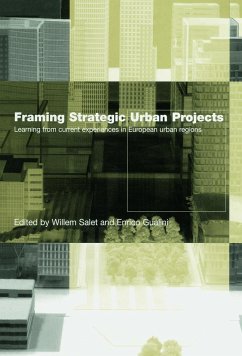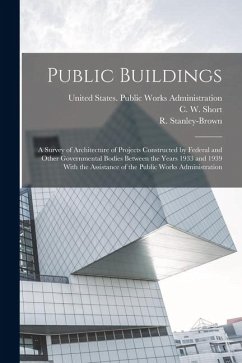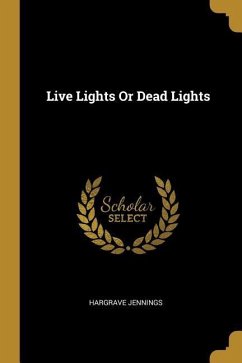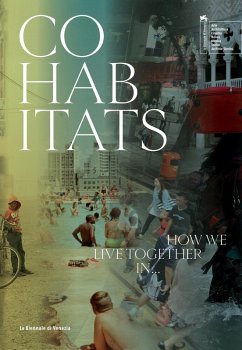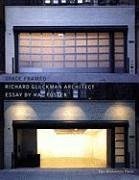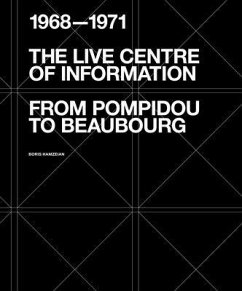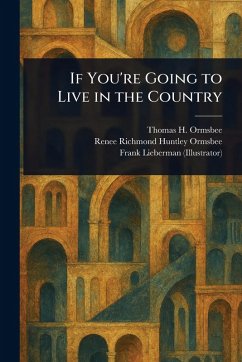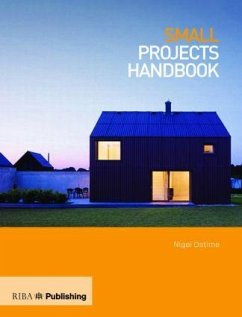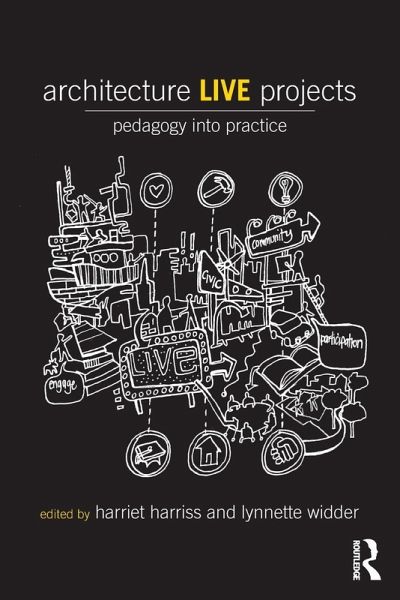
Architecture Live Projects
Pedagogy into Practice
Herausgeber: Harriss, Harriet; Widder, Lynnette
Versandkostenfrei!
Versandfertig in 1-2 Wochen
69,99 €
inkl. MwSt.

PAYBACK Punkte
35 °P sammeln!
Live projects develop practice-ready skills which students cannot gain in a design studio. The authors offer practical advice on designing and implementing live projects for educators keen to use these as part of their programs.





